With the development of human beings, natural selection plays an important role in human evolution, and many human body functions or organs that were once useful have become redundant. Surprisingly, there are still many organs preserved in some form through which we can see the evolution of human evolution.
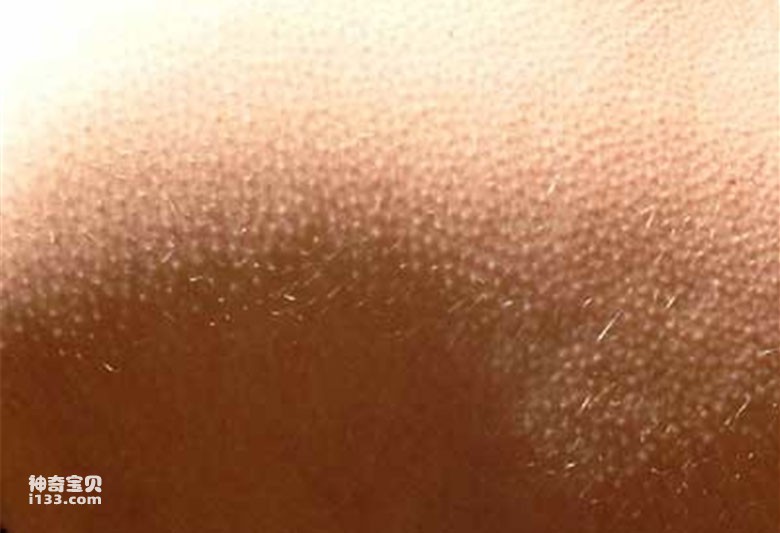
1. Goosebumps
People get goosebumps when they feel cold, scared, angry, or in awe. Many animals also get goosebumps for the same reason. For example, cats and dogs will stand on end, and porcupines' quills will stand up for this reason. In a cold environment, the raised hair can isolate the cold air, prevent the cold air from directly contacting the skin, and play a role in thermal insulation; when it is scared, goosebumps can make the animal look bigger, hoping to scare it. Walk the enemy. Humans no longer benefit from goosebumps; they're just a holdover from ancient times when we had no clothes and needed to scare away predators. Natural selection removed the thick hair, but left the controlling mechanisms behind it.
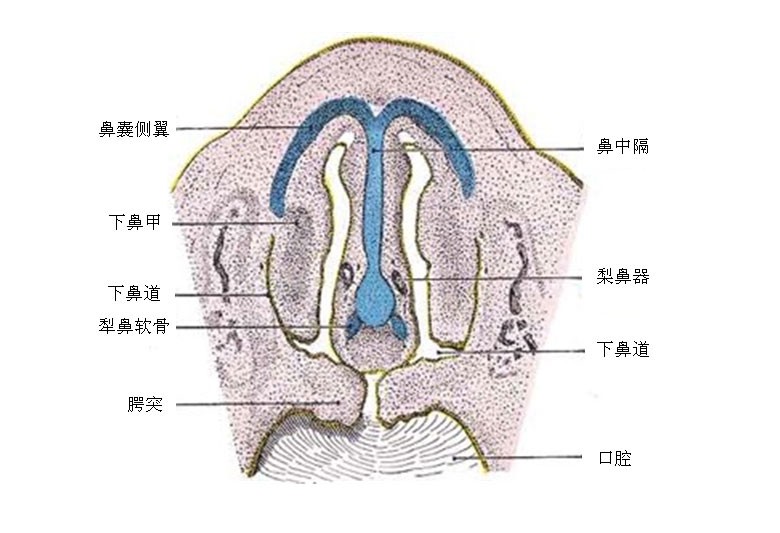
2. Pear nose organ--a tool for tracking the opposite sex
The pirionasal organ is a very magical organ in anatomy. It tells the sexual development of us humans. This structure, located in the nose, is a specialized "olfactory" organ that detects pheromones (chemicals that trigger sexual desire, alertness, or food cues). It is this organ that helps some animals track the opposite sex and detect potential dangers. Humans are born with a pyronasal organ, but during early development its function degrades to the point of being dispensable. Long ago, when communication was lacking, humans may have used this organ to find a mate. Today, singles nights, chat rooms, and bars have taken over its role in the human courtship process.

3. Waste DNA---L-gulonolactone oxidase(LGO)
Although most of the mementos of human history are visible, some are not. In human genes, there is a structure that was used to secrete digestive enzymes that help metabolize vitamin C (L-gulonolactone oxidase). Most other animals have this useful DNA, but something changed in our evolutionary history that made it useless—but a remnant remains, as scrap DNA. This waste DNA shows that we share a common ancestor with other species on earth, which also makes this "waste" somewhat special.
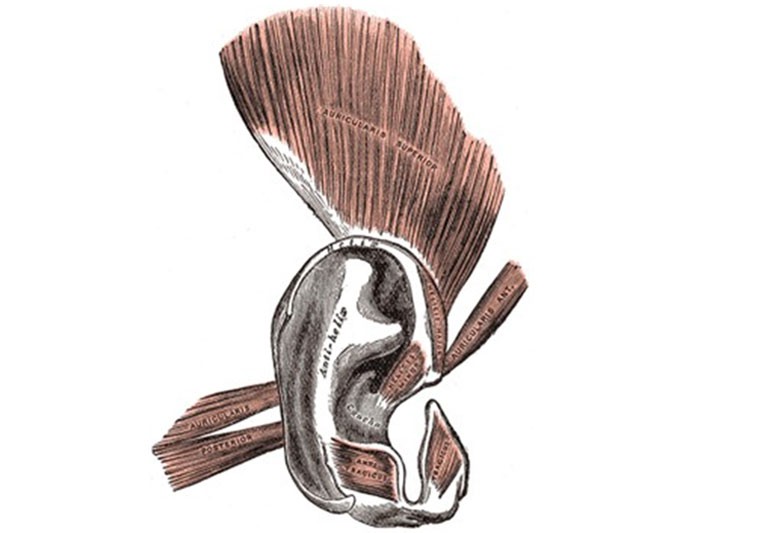
4. External auricular muscles
Sometimes you may be surprised to find that some people can make their ears twitch like animal ears. This interesting phenomenon is also caused by the role of the external ear muscles, a legacy of human evolution. The external auricular muscles are a group of muscles at the point of the ear canal that animals use to turn and control the ears (independent of the head) to focus attention on particular sounds. Humans still retain this set of muscles that once had the same function, but these muscles have become very weak, and the most they can do is move their ears slightly. The function of this group of muscles in cats is very obvious (they can even rotate their ears 180 degrees), especially when they track small birds, and the movement range must be as small as possible so as not to scare away future lunches.
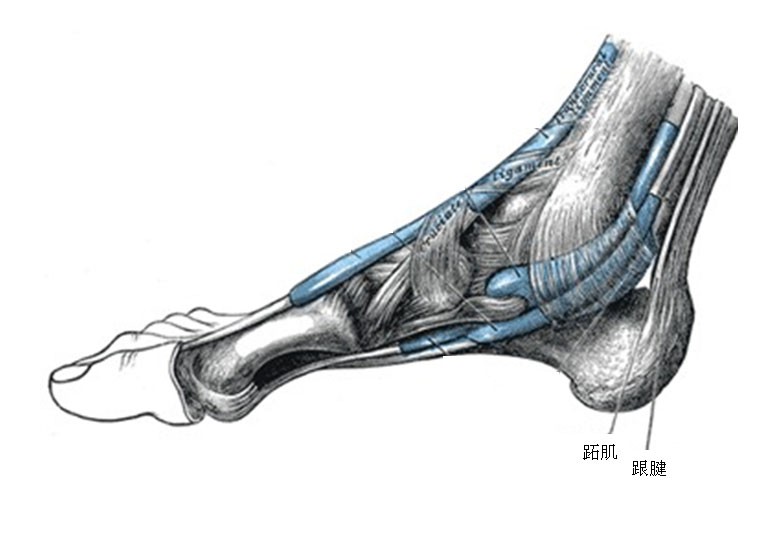
5. Plantaris muscle (zhíji)
In animals, the plantaris muscle is used to grasp and control things on the feet, and you can see this in orangutans, whose feet are as flexible as their hands. Humans also have this muscle, but it's so underdeveloped that doctors always cut it off if they want to reshape it. In fact, this muscle is so useless that 9% of people are born without it.
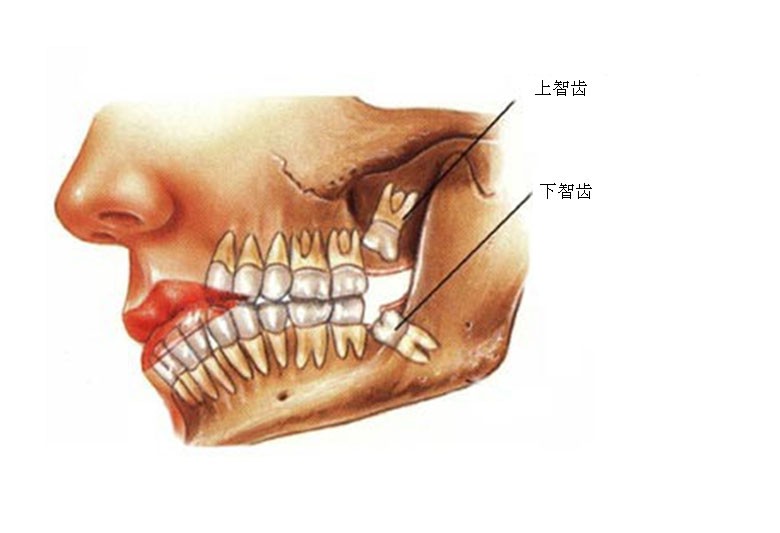
6. Wisdom teeth
Early humans had to eat a lot of plants, and they had to eat them as quickly as possible to ensure they had enough nutrients to eat each day. For this reason, we have an extra set of molars that make our mouths larger and more efficient. This function is especially important since we cannot digest cellulose efficiently. As our diet changed due to constant selection in evolution, our jaws became smaller and the third molars became useless. Some races have no wisdom teeth at all, but in other races almost 100% of people will have wisdom teeth.
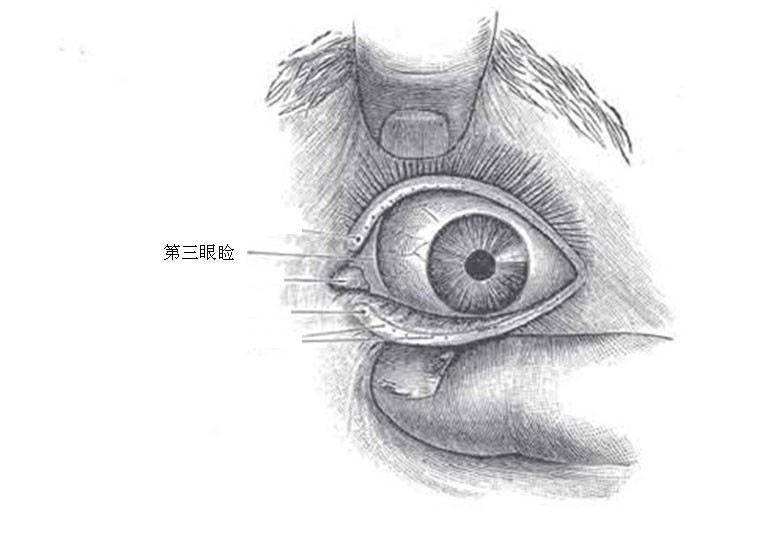
7. Third eyelid
When a cat blinks, if you look carefully, you will see a white film on its eyes, which is called the third eyelid. This is unusual among mammals, but is common among birds, reptiles and fish, and humans also retain traces of the third eyelid. The human third eyelid is already very small, but it is more pronounced in some races. Only one primate species still retains the function of the third eyelid, and that is the golden bear monkey (a close relative of the lemur) living in West Africa.
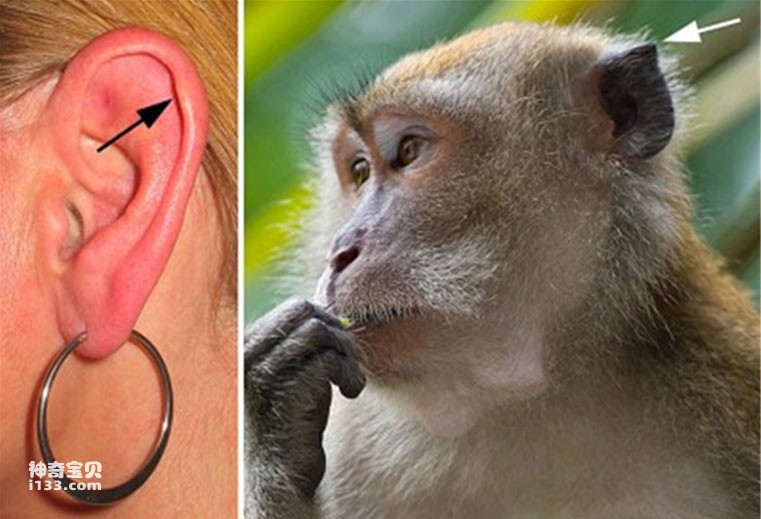
8. Half-moon folds
The fold of the half moon is a small, elongated tumor that grows at the junction of the upper and middle parts of the ear. It is found in many mammals, including humans. Its function is probably to help animals hear sounds, but for humans, it is of no use at all. Only 0.4% of people can still see this legacy of human history, but there may be many more people who carry this gene, because it does not always show up in the form of curved ear frames. .
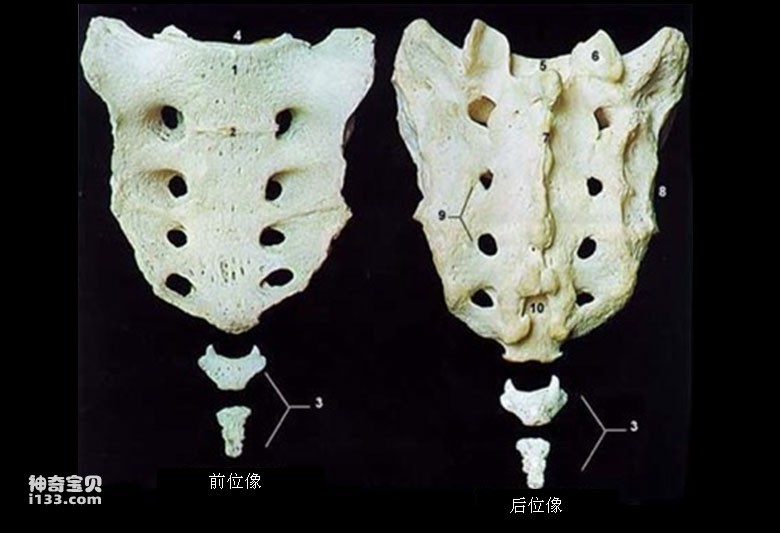
9. Coccyx vertebrae
The tail vertebrae are remnants of the long tail we once had. We no longer need our tails (Neanderthals stopped hanging in trees and rolled on the ground), but the tailbone still serves us a purpose: it now serves as a support for many muscles, and it helps when sitting down. Or support when bending down. In addition, the tail vertebrae also play a supporting role in the anal area.
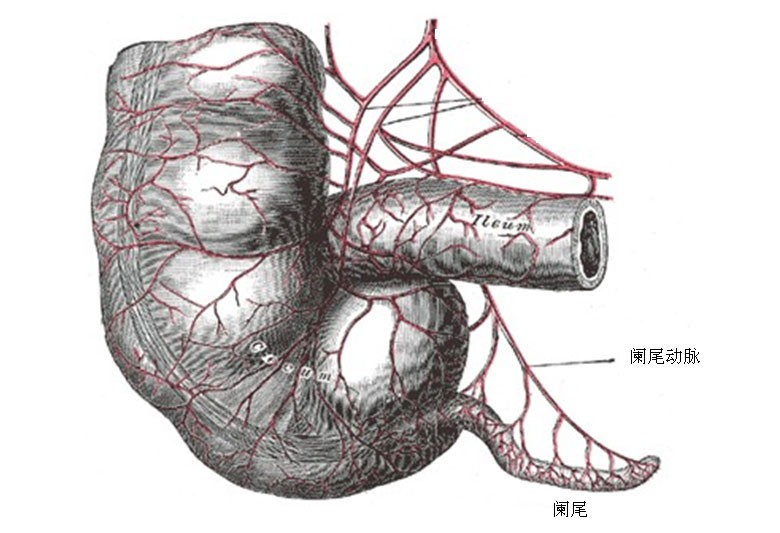
10. Appendix
In modern humans, the appendix has no known function and is often removed when it becomes infected. Although there are doubts about its original function, most scientists agree with Darwin: it was originally designed to help us digest the fiber in our leaf-based diet. Over the course of evolution, as our diets changed, the appendix became less and less useful. Interestingly, many evolutionary theorists believe that natural selection (while eliminating all functions of the appendix) selected for larger appendices because they are less susceptible to inflammation or disease. So, unlike the pinky finger, which may eventually degenerate and be equally useless, the appendix will most likely be there for a long time - dangling around and doing nothing!
animal tags:
We created this article in conjunction with AI technology, then made sure it was fact-checked and edited by a Animals Top editor.